On May 21, Singapore Airlines (SIA) flight SQ321 experienced sudden extreme turbulence over the Irrawaddy Basin about 10 hours after departing from London.
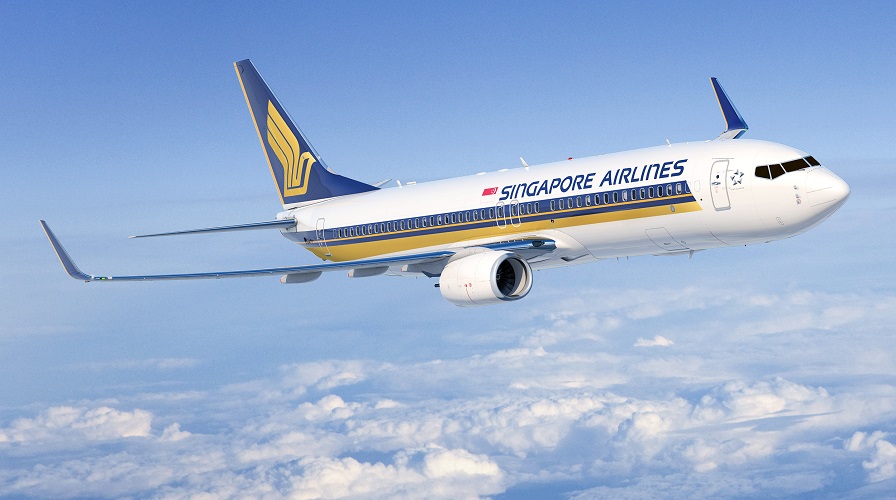
Table of Contents
- 🗒️ Introduction
- The Incident Unfolds
- Estimation of the Impact Force
- Causes and Frequency of Turbulence
- The Science Behind Turbulence
- Passenger Safety and Airline Response
- Looking Forward
- 🌐 Sources
🗒️ Introduction
On May 21, 2024, Singapore Airlines Flight SQ321 from London to Singapore encountered severe turbulence, resulting in a tragic and unsettling incident. This turbulence event has brought attention to the safety and experiences of air travel passengers and raised questions about the impact of climate change on turbulence frequency and intensity.
As the aviation industry grapples with the implications of this incident, there is a renewed focus on enhancing safety measures and understanding the impact of climate change on flight conditions. Airlines are investing in advanced technologies to detect and avoid turbulence, and researchers are studying atmospheric patterns to provide better forecasts.
The Incident Unfolds
The sudden turbulence occurred over the Irrawaddy Basin in Myanmar about 10 hours into the flight, the airline said. There were 18 crew members and 211 passengers on board the flight that was travelling from London to Singapore when it encountered sudden extreme turbulence over the Irrawaddy Basin at an altitude of 11,000m, about 10 hours after take-off. The pilot declared a medical emergency and diverted the Boeing 777-300ER aircraft to Suvarnabhumi International Airport in Bangkok, landing at 3.45pm local time on May 21.
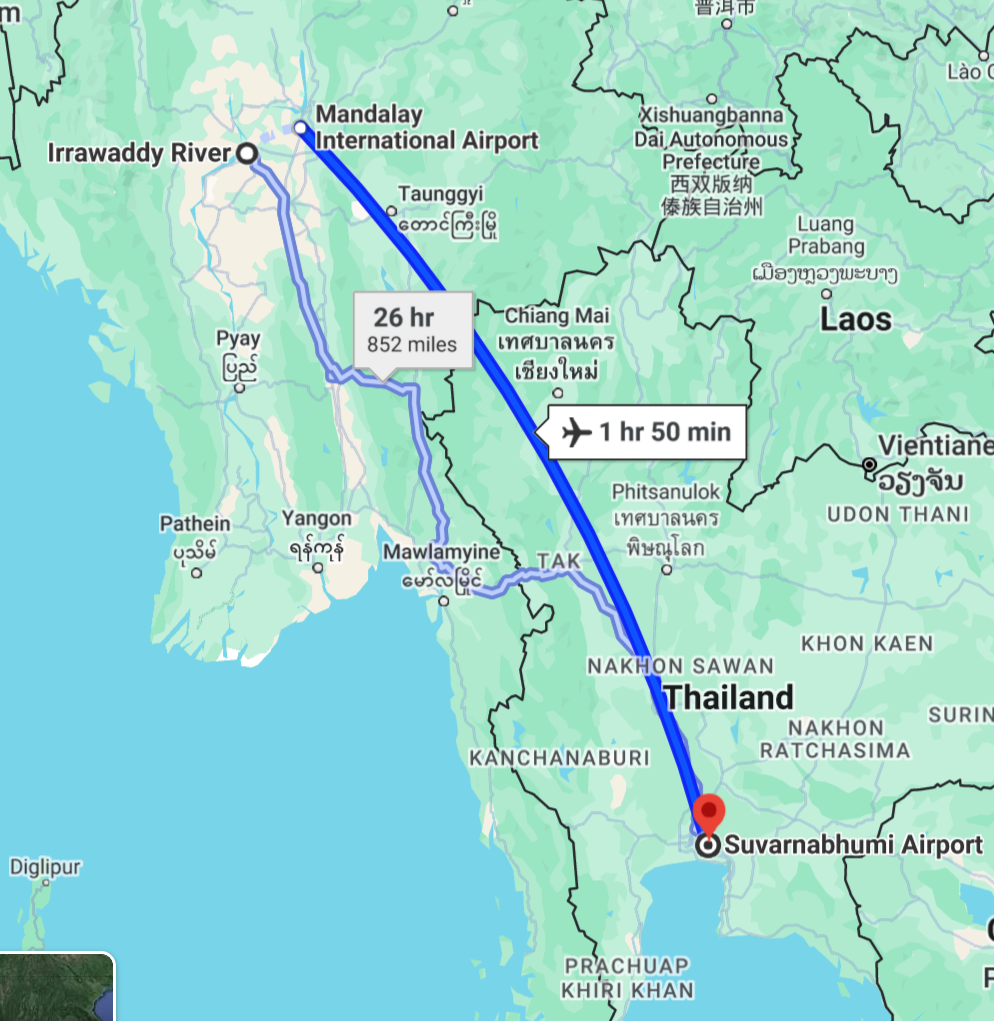
Figure 1 indicates that it takes roughly 2 hours to travel from the location of the turbulence (Irrawaddy Basin) to the Suvarnabhumi International Airport in Bangkok. Though the nearest airport is the Mandalay International Airport in Myanmar, landing there was not feasible as the country is still embroiled in an ever-escalating civil war. Reports indicate that several passengers and crew members were thrown against the cabin interior, leading to injuries that required immediate medical attention upon landing [1 ].
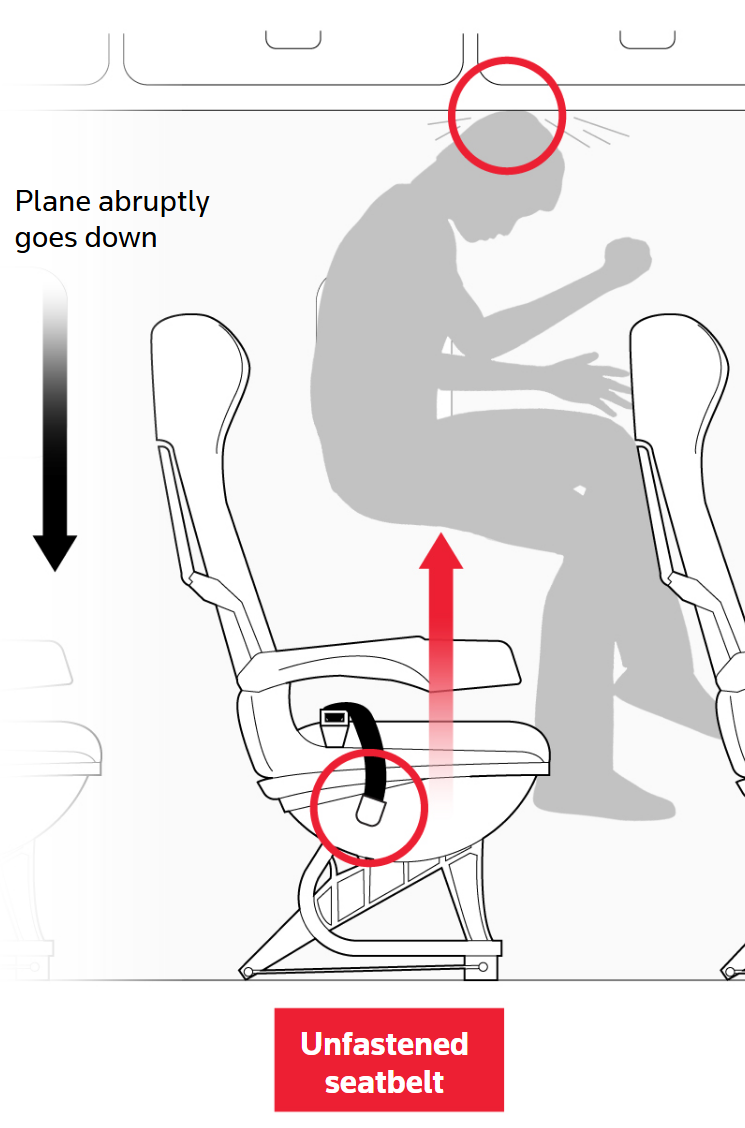
ADVERTISEMENT
Altitude data from FlightRadar24 shows how the aircraft was thrust up and down over the course of a minute, before returning to its original cruising altitude of 37,000 ft. During the event, the plane’s vertical speed, the rate by which the plane ascends or descends, quickly surged to 1,664 feet per minute before plummeting to -1,536 feet per minute in a matter of three seconds.
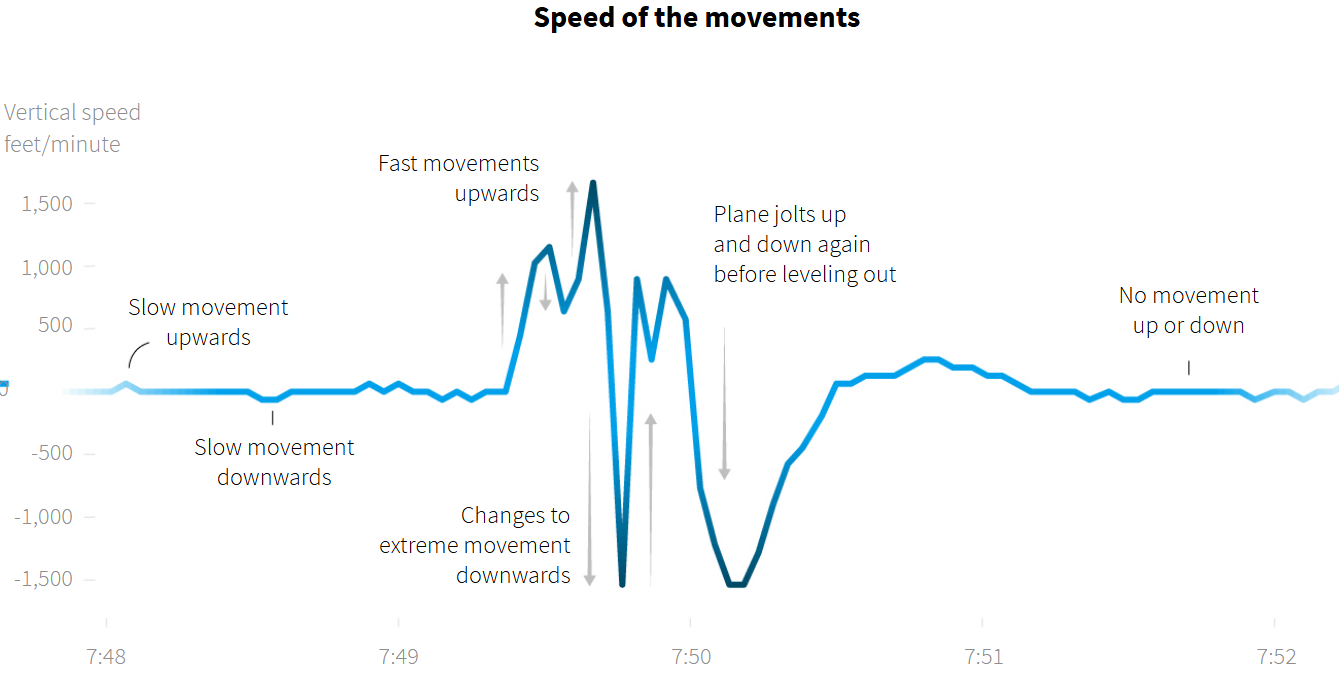
Despite the chaos, the flight crew managed to control the situation and prepare for an emergency landing. Upon arrival, medical teams were on standby to assist the injured, and several passengers were hospitalized for treatment [2 ]. At least 85 people had been admitted to three hospitals in Bangkok after the plane was diverted there. As of May 22, nearly 60 people - including five Singaporeans - are still receiving medical treatment in three hospitals in Bangkok. Twenty passengers were being treated in the intensive care units (ICUs). A 73-year-old British passenger died on the flight, likely due to a heart attack.
Estimation of the Impact Force
This section seeks to provide a rough estimation of the impact force experienced by a passenger with an unbuckled seatbelt. From Figure 3, the speed just before impact is around 1664 feet/min which is equivalent to around 8.45 m/s. Assuming the passenger weighs 70kg, the kinetic energy of the passenger just before impact is given by:
$$ \text{KE} = \frac{1}{2}mv^2 = \frac{1}{2} \times 70 \times (8.45)^2 \approx 2500~\text{J}$$
From the Work-Energy Theorem, assuming that the penetration distance (deformation due to the impact between the skull and cabin interior) is $d=0.05$ m, we can write
$$ \text{Work Done} = F_\text{avg} \times d = \text{Change in KE} $$
$$ \implies F_\text{avg} = \frac{\Delta KE}{d} $$
$$ F_\text{avg} = \frac{ 2500 }{0.05}\approx 50,000~\text{N}$$
Therefore, the average force of impact is around $50,000$ N. This is roughly equivalent to the impact force experienced by a person weighing 70 kg falling from a height of around 36.5 cm, head first into the ground (with a much lower $d$ = 0.005 m). The above is only a rough approximation since the human body is an extended body and not a mass point. Also, reports indicate that “some people hit their heads on the baggage cabins overhead and dented it, they hit the places where lights and masks are and broke straight through it”. Such a situation will further extend the penetration distance $d$, thereby lessening the impact force.
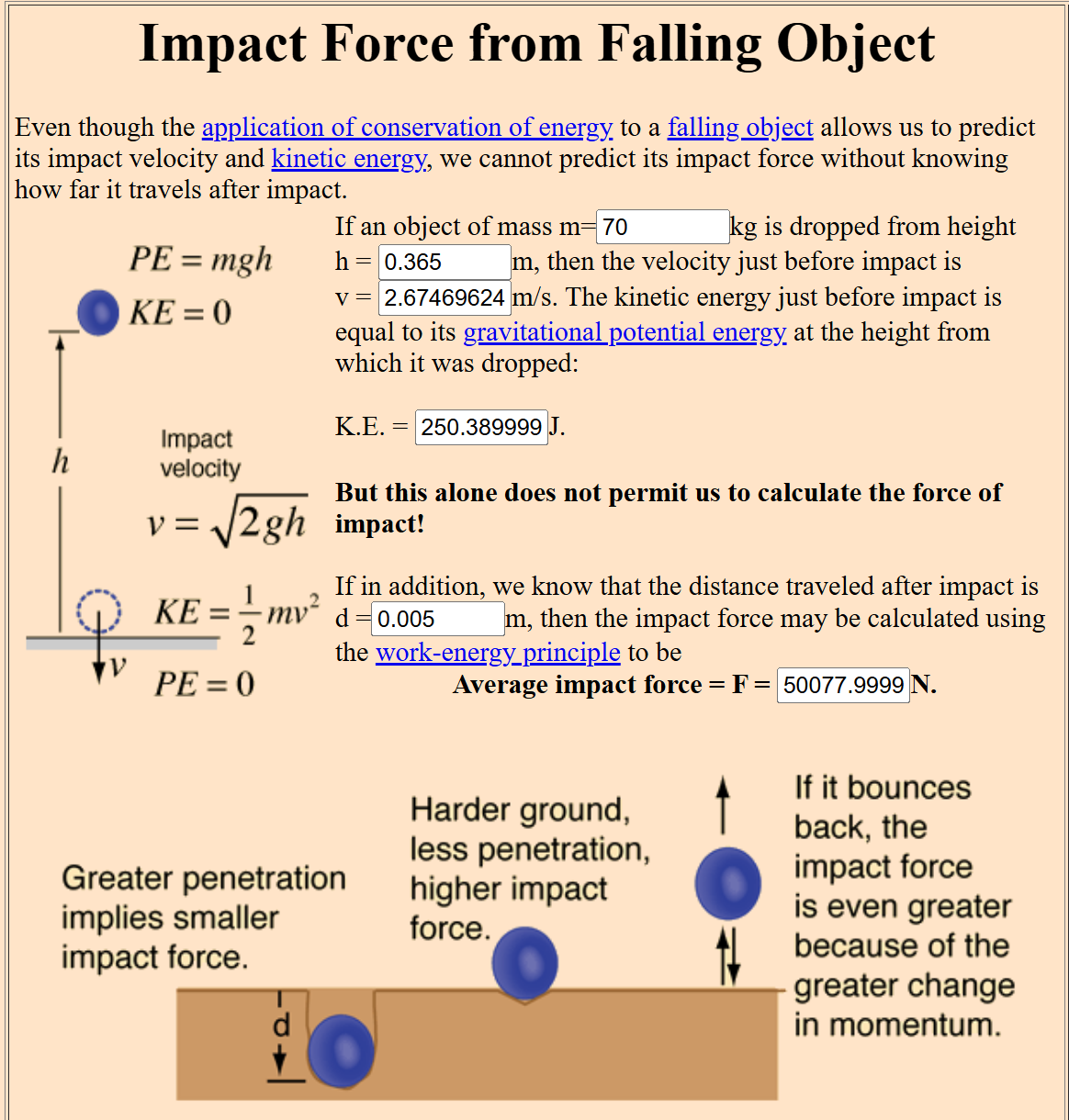
ADVERTISEMENT
Causes and Frequency of Turbulence
Turbulence is a common occurrence in aviation, often caused by irregular air movement resulting from various atmospheric conditions. These include jet streams, thunderstorms, and air pressure differences. Clear air turbulence (CAT), which is especially dangerous because it occurs without visual warning, is believed to be the cause of this particular incident [3 ].
The increasing severity and frequency of turbulence have been linked to climate change. Warmer temperatures result in more unstable air currents, contributing to more frequent CAT. This trend has been observed in recent years and poses a growing concern for airlines and passengers alike [4 ].
The Science Behind Turbulence
Understanding the science of turbulence is crucial for mitigating its effects. Turbulence arises from various factors, including atmospheric instability, wind shear, and temperature gradients. While pilots are trained to handle turbulence and modern aircraft are designed to withstand significant stress, the unpredictability of turbulence remains a challenge.
According to experts, the choppy air experienced during turbulence doesn’t have a single source. It results from a combination of meteorological phenomena. Dr. Birch, an atmospheric scientist, explains that turbulence can occur in clear skies, making it harder to predict and avoid. This unpredictability underscores the importance of using seat belts at all times during a flight [5 ].
Passenger Safety and Airline Response
In the wake of this incident, Singapore Airlines has reiterated its commitment to passenger safety. The airline has protocols for dealing with turbulence, including ensuring that seatbelt signs are turned on during expected turbulence zones and advising passengers to keep their seatbelts fastened throughout the flight. Additionally, the crew undergoes rigorous training to handle in-flight emergencies and provide medical assistance if needed [6 ].
Passengers have also shared their experiences on social media, praising the crew for their professionalism and swift action during the crisis. The incident has sparked discussions about the importance of adhering to safety guidelines and the potential need for improved forecasting tools to predict turbulence more accurately.
Looking Forward
As the aviation industry grapples with the implications of this incident, there is a renewed focus on enhancing safety measures and understanding the impact of climate change on flight conditions. Airlines are investing in advanced technologies to detect and avoid turbulence, and researchers are studying atmospheric patterns to provide better forecasts.
In conclusion, the recent turbulence incident on Singapore Airlines Flight SQ321 highlights the inherent risks of air travel and the importance of preparedness and safety. As climate change continues to alter atmospheric conditions, both airlines and passengers must remain vigilant and proactive in addressing these challenges.
🌐 Sources
- Reuters - How the Singapore Airlines turbulence incident unfolded
- AP News - Passengers describe turbulence-hit Singapore Airlines flight
- The Straits Times - SQ321 incident: What causes turbulence and is climate change making it worse
- ABC News - What causes turbulence and how often is it as severe
- Daily Mail - The science behind turbulence - as a passenger is killed
- CNN - Passengers on SQ321 Singapore Airlines flight describe
Disclaimer
The content of this article is a summary gathered from various online sources to ensure a comprehensive and nuanced representation of diverse viewpoints. However, the author cannot guarantee the absolute accuracy of specific statements presented. As such, the author disclaims any liability for errors, inaccuracies, or omissions in the content.
© 2024 digitalblackboard.io
$$ $$